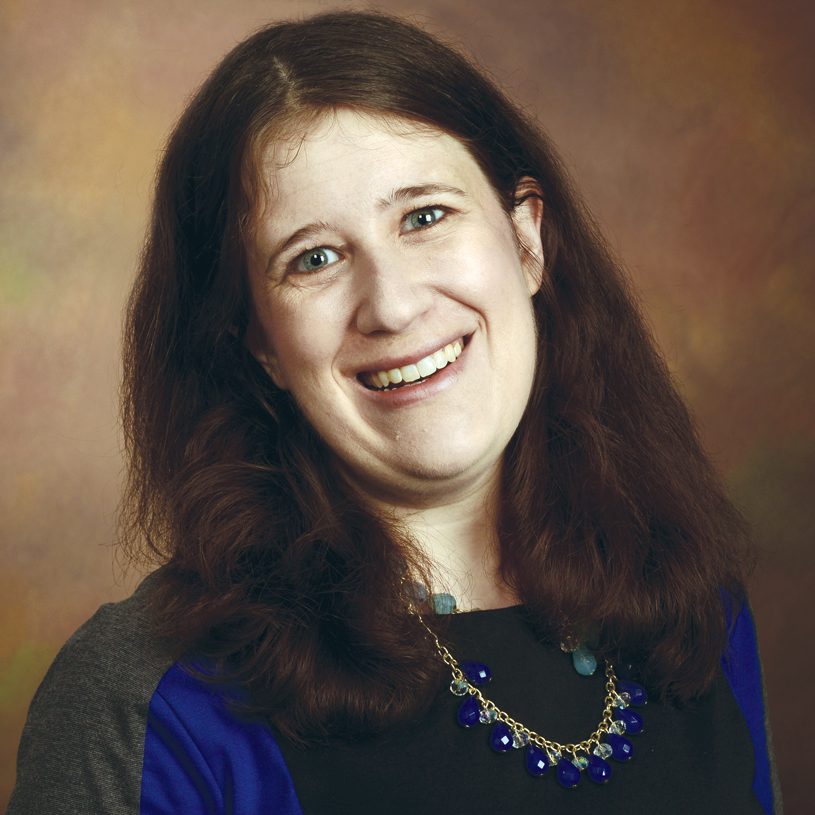
There are some aspects about yourself that you recognize in mid-life. For me, it’s that I’m terrible at cleaning.
I’m not just talking about clutter, although goodness knows I need to KonMari my closets. I’m talking about literal scrubbing and mopping. I become distracted, I don’t pay attention to what products I’m using and I want to be done as quickly as possible.
This is hard to admit, partially because I hate not being good at things, but also because, deep down, I think many of us see cleaning as “easy.” If you are like me, though, that mindset could lead you to undervalue the role environmental services plays in skilled nursing facilities.
“One of the fundamental problems in the industry in environmental services is the opinion is is that it’s ‘just the janitor,’” UMF Corporation’s George Clarke told me Wednesday.
But seeing environmental services staff as unimportant is harming morale, hurting your bottom line and putting patients at risk. One recent study found that when proper environmental services were put into place, Clostridium difficile rates fell to zero over the course of 1,000 patient days. Clarke said it’s time to see how increased recognition of the role played by ES staff can reduce healthcare-associated infections (HAIs) in all healthcare facilities.
The people who clean, “are the first line of defense against any type of infection that is associated against a nosocomial infection,” Clarke said. He said he often challenges infection preventionists by asking, “What is the point of spending hundred of thousands of dollars to put in hand sanitizers or posters on hand hygiene, when the first surface you come into contact with is grossly contaminated?”
His organization is focused on “multimodal intervention” to reduce infections, which he notes are often preventable. But even before official training, change starts in the C-Suite, Clarke said. It’s up to executives to say what — and who — matters to their organization.
Of course, Phase 3 requirements of participation hitting in November have made infection prevention an even bigger issue, with nursing homes required to hire an infection preventionist. As difficult as it is to have an unfunded mandate, Clarke notes that there is not only risk of the usual suspects, such as MRSA and C. diff, but issues such as biofilm.
Biofilm infections, which I had previously not heard about, are basically the cast of Avenger villains joining forces. Imagine if Thanos, Ultron, and Kang teamed up, and you have a sense of what it is like to have MRSA, staph, VRE join together to create biofilm.
“They come together and communicate, exuding polysaccharide that makes a sticky substance that forms a colony,” Clarke explains. “The bacteria communicate, and it’s a concern they exchange genetic material.”
Even after a terminal cleaning in one healthcare space, the biofilm lurked in a P-trap in a bathroom, causing another patient to become ill, he noted.
If that’s not the fodder for nightmares, I don’t know what is.
Which brings us back to respecting the role of our faithful cleaning crews, giving them support and training, and explaining to them that their work saves lives.
The biggest issue, Clarke agrees, “is a lack of respect. When you train these folks and give them your time and tools, they can do it better and easier.”
Follow Senior Editor Elizabeth Newman @TigerELN.




